11 Fall Baking Mistakes That Ruin Cookies and Pies
Fall baking can be a fun and rewarding experience, but certain mistakes can easily ruin your cookies and pies. From incorrect butter temperatures to overmixing the dough, these common errors can lead to flat cookies, soggy pie crusts, and uneven textures. In this guide, we’ll cover key mistakes to avoid, ensuring your fall baking treats turn out perfectly every time. Whether you’re preparing a batch of cookies or a classic pie, these tips will help you achieve the best results.
This post may contain affiliate links, which helps keep this content free. Please read our disclosure for more info.
Incorrect Butter Temperature (Too Soft or Too Cold)
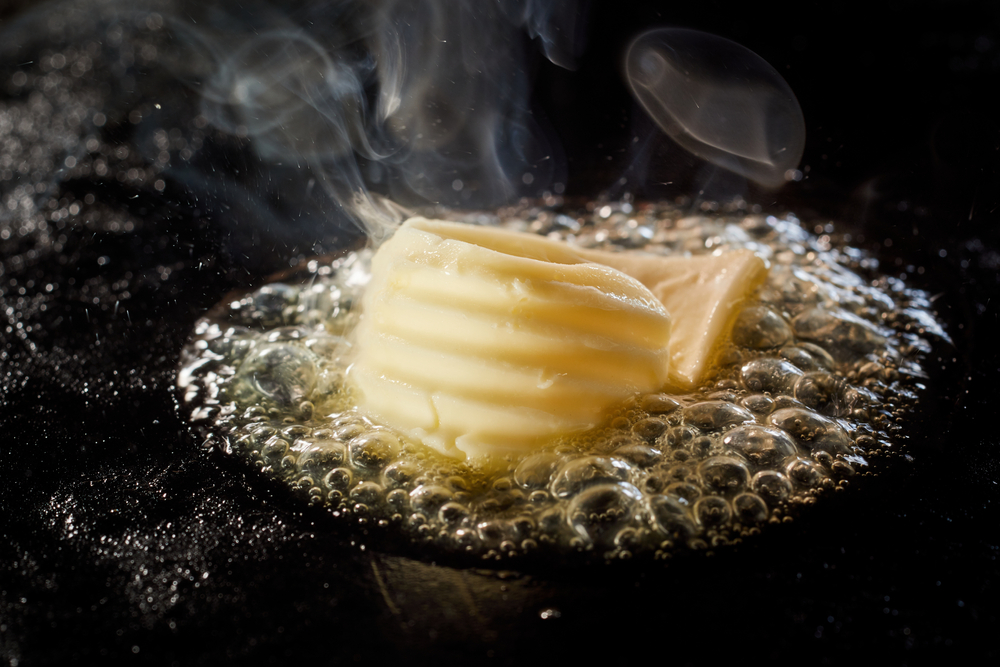
Butter is a key ingredient in both cookies and pies, playing a significant role in the texture and structure of the finished product. When butter is too soft, it causes the dough to spread excessively during baking, leading to flat, greasy cookies. This happens because the fat is already too melted when incorporated into the dough, giving the cookies no structure to hold their shape. On the other hand, if the butter is too cold, it won’t mix well with the sugar and other ingredients, resulting in a dough that is uneven and difficult to handle. For cookies, the butter should be softened just enough to allow you to press your finger into it with slight resistance. For pie crusts, the butter needs to be cold enough to create a flaky texture but not so cold that it becomes hard to work with.
To ensure perfect butter temperature, it’s best to remove it from the fridge 30 minutes before you start baking. If you’re in a hurry, you can cut the butter into small cubes to speed up the softening process. The right temperature helps the butter blend smoothly with other ingredients, creating the desired consistency in both cookies and pie crusts.
Overmixing the Dough
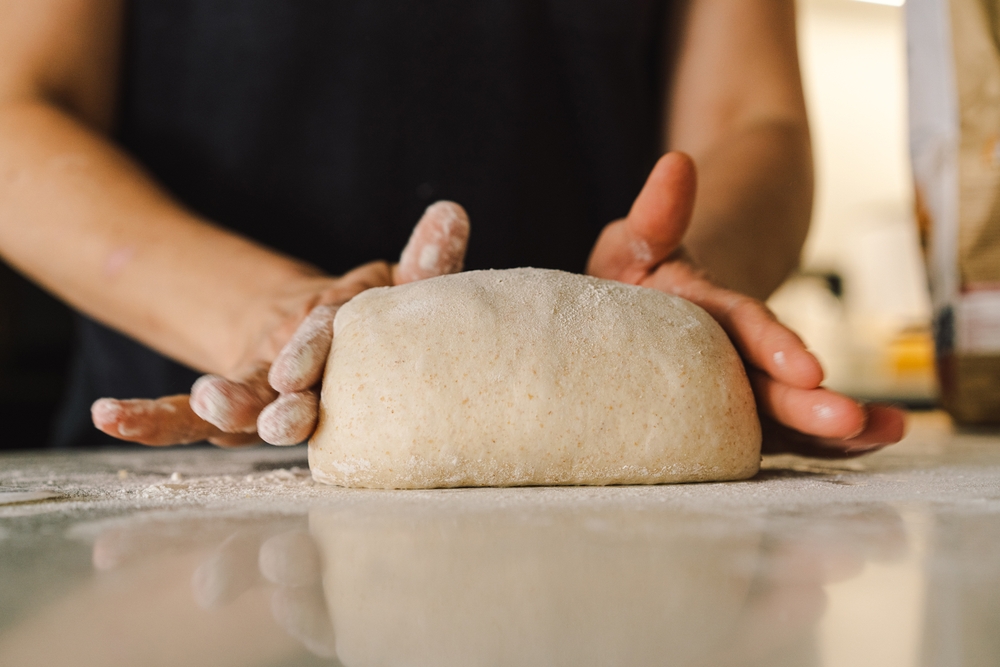
Mixing the dough is necessary to combine ingredients, but overmixing can drastically change the texture of your cookies or pie crust. When you overmix cookie dough, you activate too much gluten, which results in a tough, chewy cookie instead of a soft, tender one. Overmixing pie dough leads to the same issue, gluten formation, which makes the crust dense and chewy instead of light and flaky. While you want the dough to come together, overworking it incorporates too much air and results in a less desirable texture.
For cookies, mix the dough until the ingredients are just combined, and stop as soon as the flour is incorporated. When making pie crusts, handle the dough as gently as possible, mixing it only until the butter and flour are combined, and then stop. The less you handle the dough, the better the texture will be when baked.
Improper Ingredient Measurements
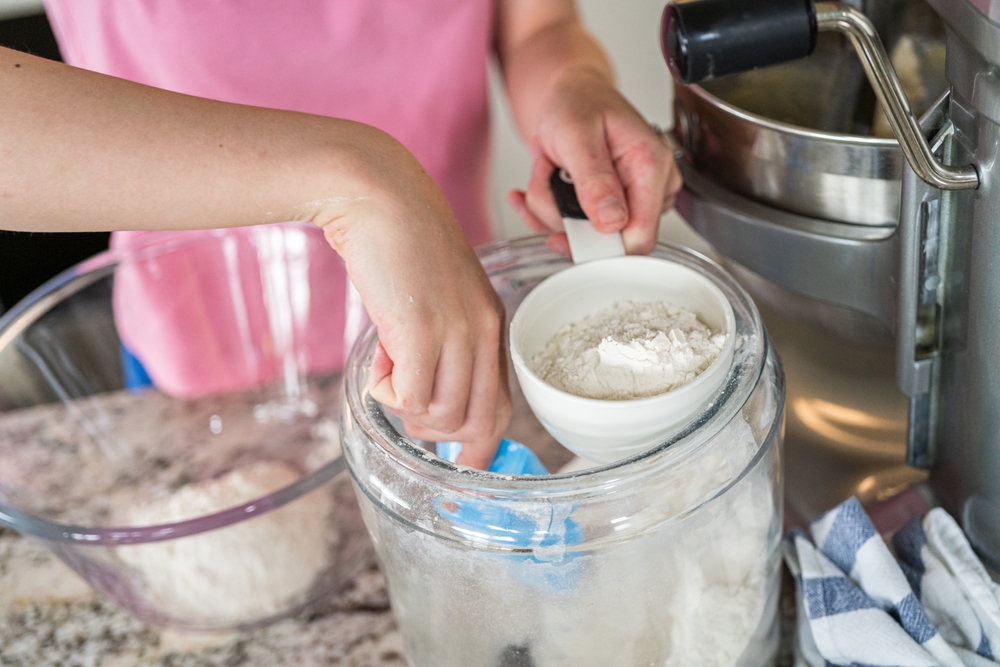
Baking is a science, and using incorrect ingredient measurements can result in a variety of problems. Too much flour can make your dough dry and crumbly, while too little can make it too sticky to handle. For cookies, this imbalance leads to cookies that spread too much or become hard and brittle. In pies, improper measurements, particularly for the filling, can cause the pie to be too runny or too thick. Furthermore, not measuring ingredients correctly can throw off the flavor balance, making your pies too sweet or your cookies too salty.
To avoid this, always measure ingredients using the proper tools. Use dry measuring cups for flour and sugar, and liquid measuring cups for ingredients like milk and water. It’s also important to level off the ingredients when measuring dry ingredients, especially flour, to ensure accuracy. Even slight variations can affect the consistency and taste of your baked goods.
Failing to Preheat the Oven
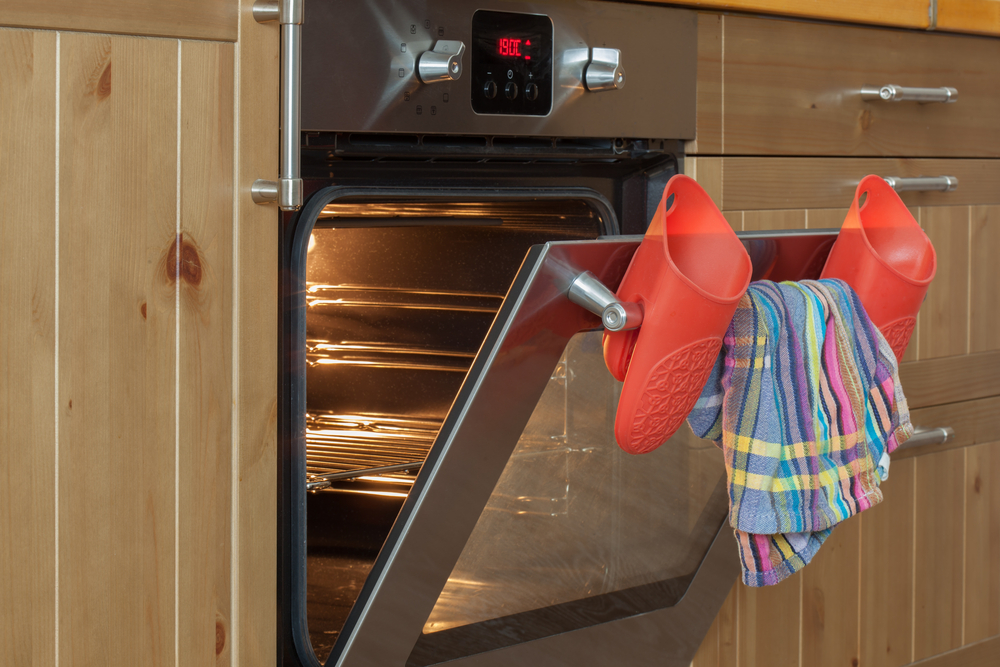
One of the most common mistakes in baking is not preheating the oven to the right temperature. If you put cookies or pies into an oven that isn’t fully preheated, they will cook unevenly. Cookies might spread too much before they start to bake, while pie crusts can end up soggy because the dough doesn’t cook fast enough. Preheating the oven ensures that the baking process begins at the right temperature, allowing your cookies and pies to bake evenly and get the right texture.
To avoid this mistake, always allow your oven to fully preheat before placing your baked goods inside. Most ovens will signal when they’ve reached the desired temperature, but it’s a good idea to use an oven thermometer for better accuracy. Preheating takes just a few minutes, but it can make all the difference in achieving the perfect bake.
Overcrowding the Baking Sheet
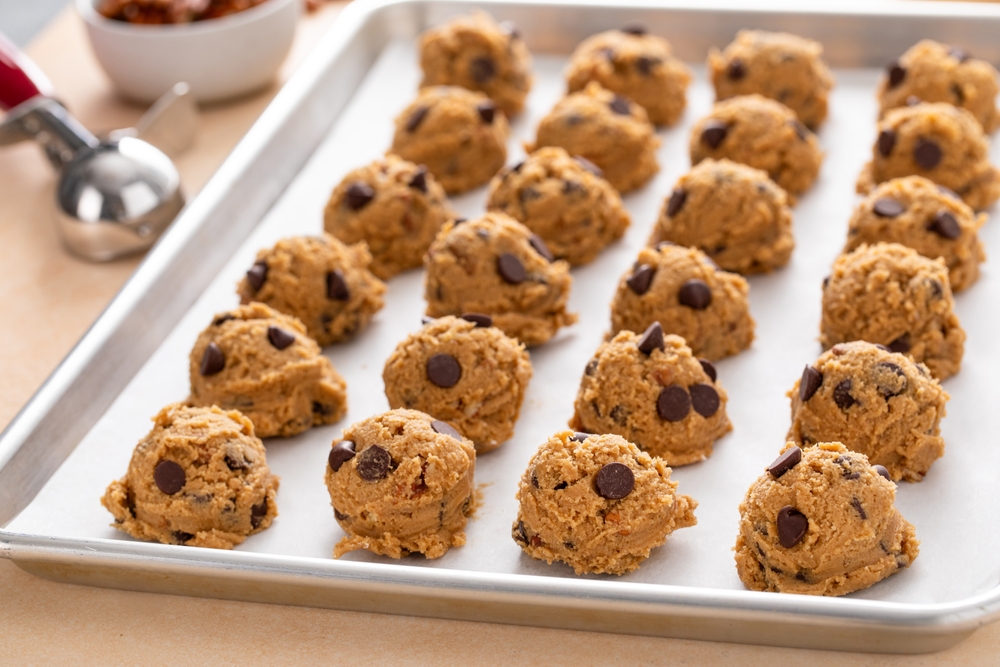
It can be tempting to bake as many cookies as possible on a single baking sheet to save time, but overcrowding can lead to several issues. When cookies are placed too close together, they have nowhere to spread and bake unevenly. The heat can’t circulate properly, which can cause some cookies to bake faster than others, leaving some undercooked. For pies, overcrowding the filling can result in an uneven bake, with some parts of the pie cooked properly and others underdone.
For cookies, always leave at least 2 inches of space between each cookie on the baking sheet. This allows the cookies to spread evenly and bake properly. For pies, ensure there’s enough space for the filling to bake and set without spilling over the edges. Don’t overload the crust; keeping it simple and balanced will help the pie bake evenly.
Not Chilling the Dough
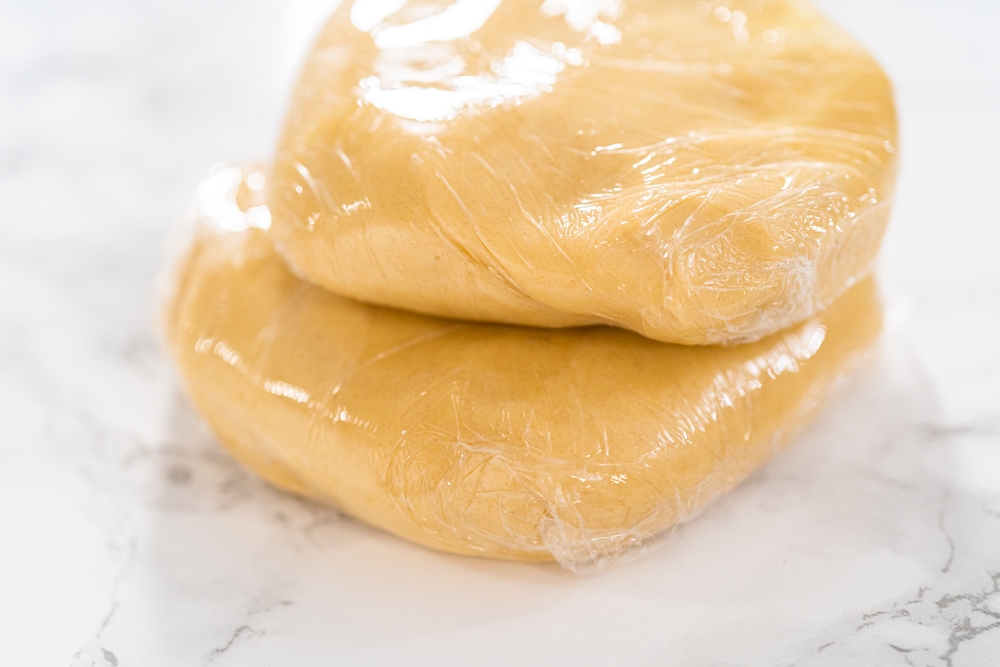
Chilling dough, especially cookie dough and pie crusts, is crucial for achieving the right texture. When cookie dough is chilled, the fat in the dough solidifies, which helps prevent excessive spreading during baking. Without chilling, cookies tend to spread out too thin and become crispy instead of soft and chewy. For pie crusts, chilling the dough helps keep the fat cold, creating a flaky texture. If you skip this step, you might end up with a tough, chewy pie crust that doesn’t have the desired flakiness.
Always chill cookie dough for at least 30 minutes before baking, and for pie crusts, refrigerate the dough for an hour or even overnight. Chilling the dough allows the ingredients to firm up and prevents the dough from becoming too soft when it hits the hot oven, resulting in better texture and structure.
Using the Wrong Type of Flour
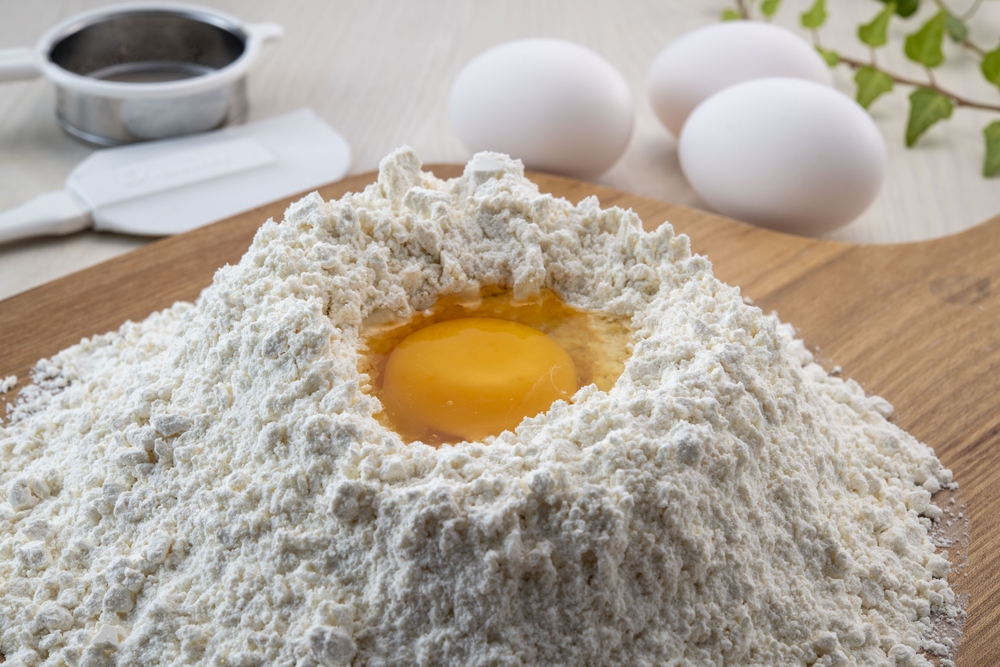
Flour plays a significant role in the texture of both cookies and pies, and using the wrong type can affect the final product. For cookies, using cake flour instead of all-purpose flour can result in a soft, too-crumbly texture. On the other hand, using bread flour, which has a higher protein content, can make your cookies dense and chewy. For pie crusts, using all-purpose flour is usually best, but some recipes call for a combination of all-purpose and cake flour for a more tender, flaky crust.
It’s essential to check the recipe and use the recommended flour type for the best results. If you’re unsure, stick to all-purpose flour for cookies and pie crusts. Understanding the properties of different kinds of flour can make a big difference in how your baked goods turn out.
Not Checking for Doneness
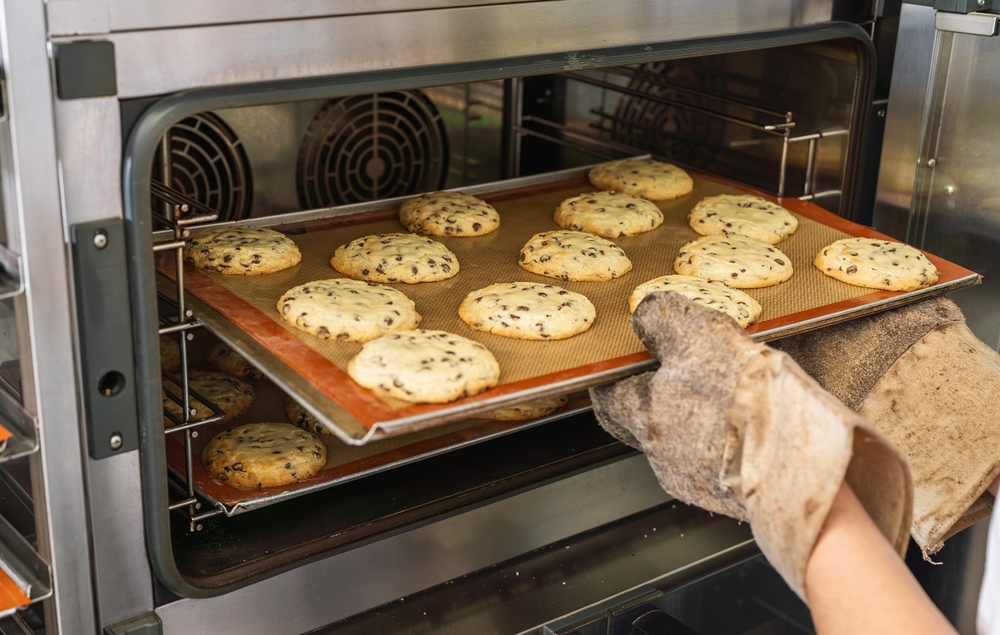
Many bakers rely solely on the timer when baking cookies and pies, but this can be a mistake. Oven temperatures can vary, and the recipe’s suggested baking time might not always be accurate. For cookies, checking the edges for a golden brown color and a slightly soft center ensures that they are perfectly baked. For pies, look for a golden brown crust and check that the filling is bubbling, which indicates that it’s fully cooked.
Always check your baked goods a few minutes before the recommended baking time is up, especially if you know your oven runs hot or cool. Don’t be afraid to open the oven and peek inside to ensure your treats are done to your liking.
Using Expired Leavening Agents
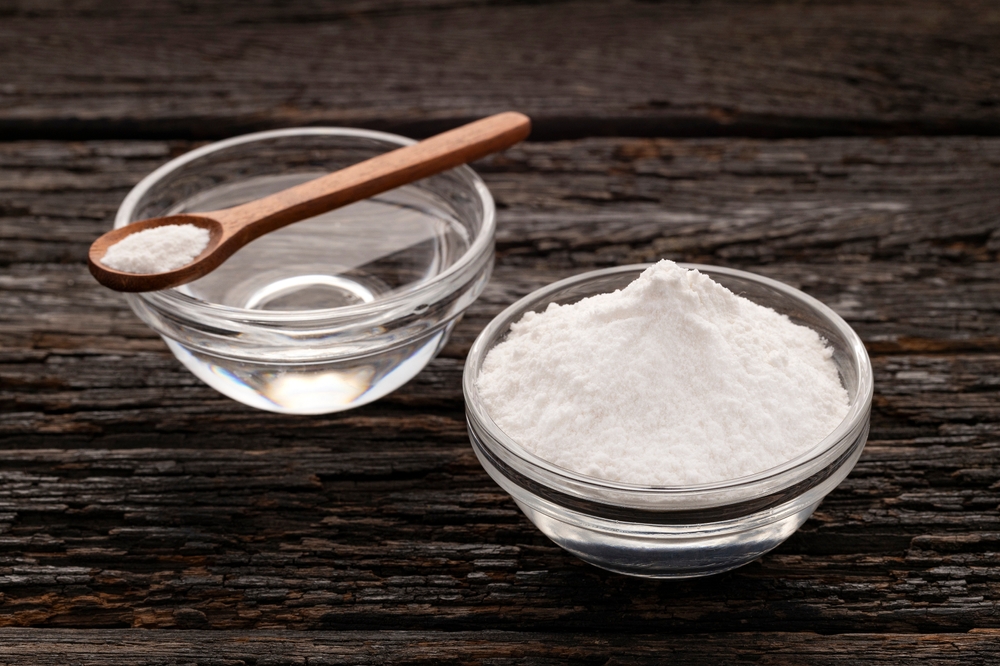
Expired leavening agents like baking soda and baking powder can fail to give your cookies or pies the proper rise. This can result in flat, dense cookies or an undercooked pie filling. While it may seem like a minor issue, using fresh leavening agents is vital for achieving the correct texture in your baked goods. Always check the expiration date on your baking powder and baking soda before using them, as expired ingredients can drastically affect the outcome.
If you’re unsure whether your leavening agents are still active, you can test baking soda by adding a bit of vinegar to it. If it bubbles, it’s still good to use. For baking powder, mix a teaspoon with warm water; if it bubbles, it’s still potent.
Baking on a Cold Baking Sheet
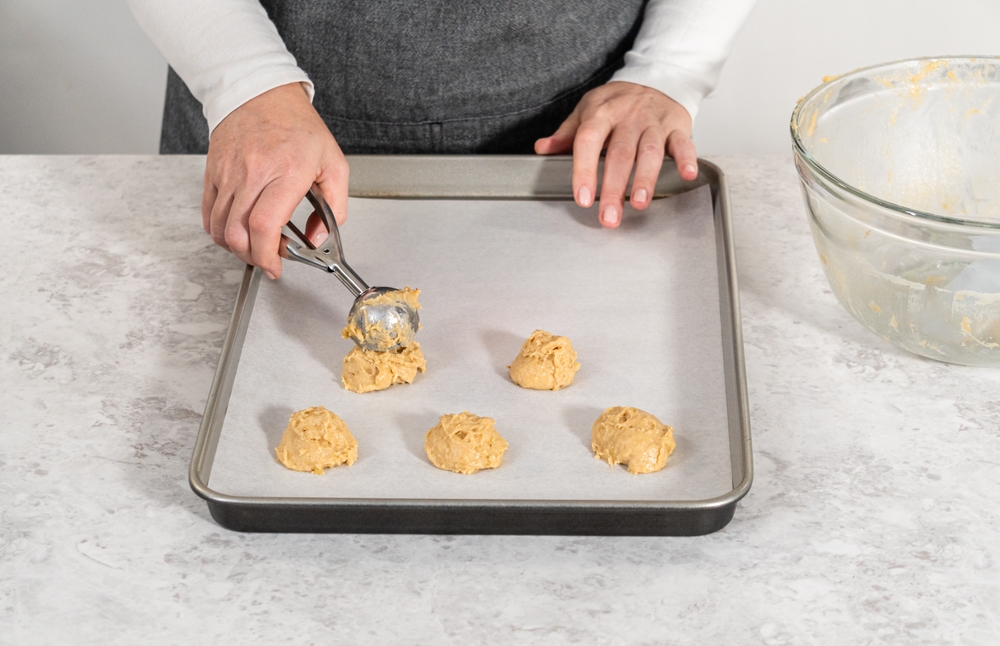
Baking on a cold baking sheet can cause cookies to spread too much before they begin baking properly. This leads to cookies that are thin and often too crispy. For some cookies, such as those that require a slight puff, placing the dough on a cold sheet can prevent them from achieving the right texture. For pies, baking on a cold sheet means that the crust will take longer to set, resulting in a soggy bottom.
To avoid this mistake, preheat your baking sheet for about 5 minutes before placing the cookie dough on it. For pies, you can even preheat the sheet and place the pie pan on it to help achieve a crispy, golden crust.
Using Warm Dough
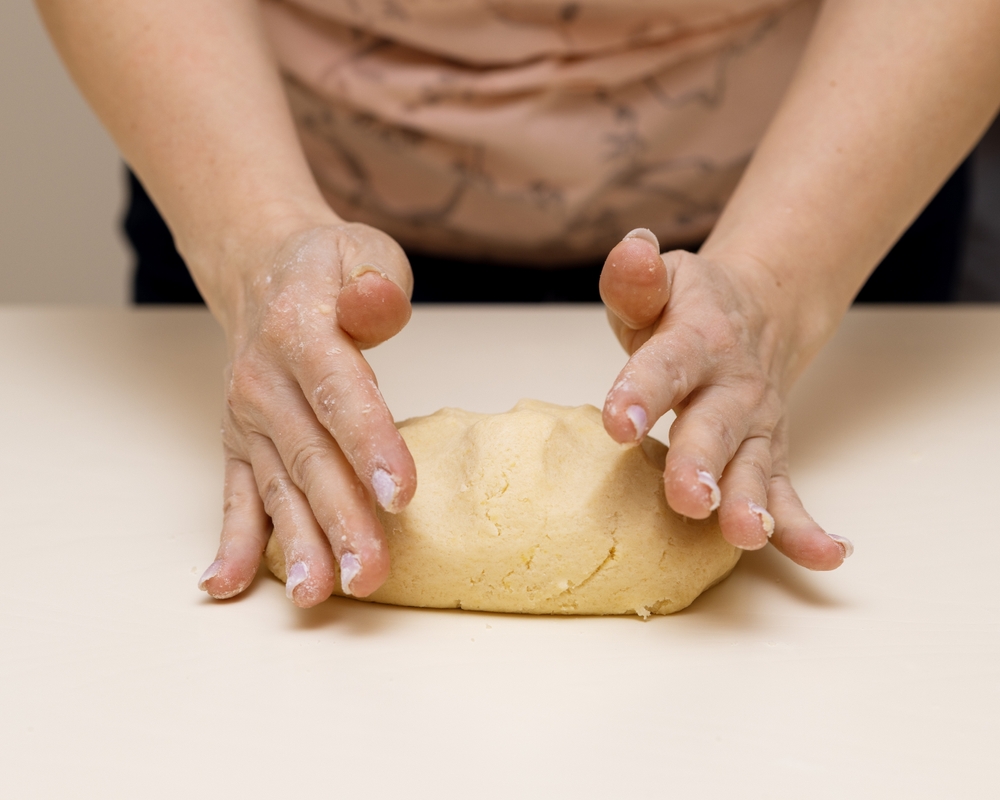
When you use dough that is still warm, it can cause your cookies or pie crust to spread too much during baking. Warm dough has a higher moisture content, which can lead to runny cookies that lack the perfect structure. For pie crusts, the warmth causes the fat to melt too quickly, resulting in a dough that doesn’t hold its shape and creates a greasy crust instead of a flaky one. It is essential to let the dough rest and cool down to room temperature or refrigerate it before baking.
Always chill your dough for at least 30 minutes before baking, especially for cookies, so that the fats solidify and prevent the dough from spreading too much. Pie dough benefits greatly from a longer resting period in the refrigerator, often an hour or more, to allow the gluten to relax and the fats to stay firm. This gives you a better texture when baked.
This article originally appeared on Avocadu.
